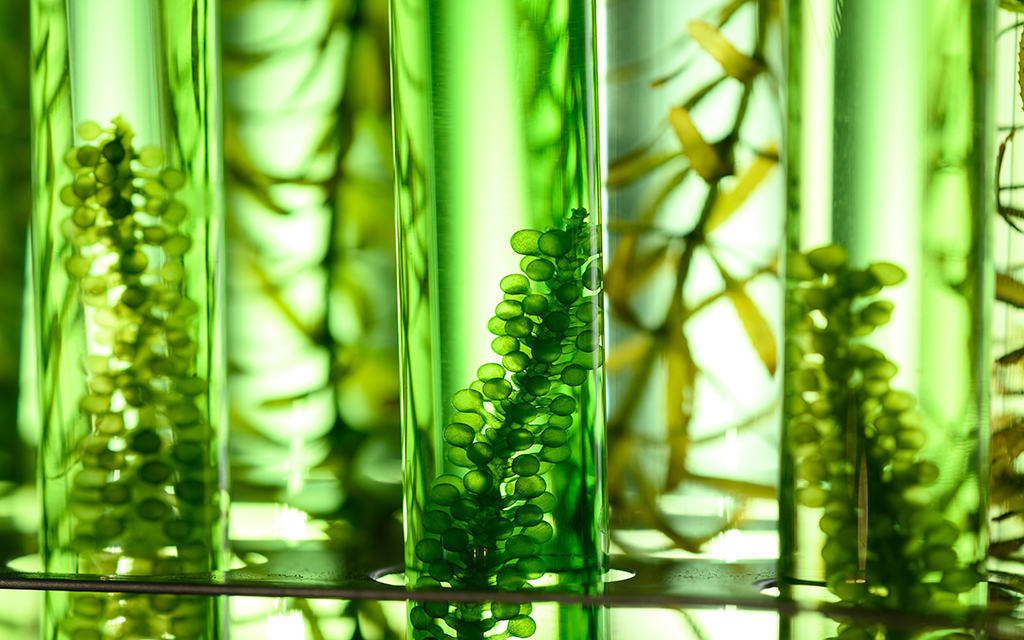One of the core objectives of the EU-funded FLEXBY project is to develop advanced biofuel technologies using innovative and sustainable processes. A critical step in this journey is identifying feedstocks derived from renewable biomass sources.

A recent report, led by Algae for Future (A4F), focused on characterising microalgae cultivated in urban wastewater to evaluate its potential as a biofuel feedstock. This study provides detailed insights into predominant microalgae species and their lipid content.
Research Highlights
The experimental activities took place at a wastewater treatment plant in the Lisbon region, where two raceway ponds were installed and operated from May to December 2024. These raceways were fed with secondary effluent and operated in batch mode without prior microalgae inoculation, allowing native (autochthonous) species to develop naturally.
Key findings include:
- Identification of Scenedesmus Species:
- Two dominant green microalgae species of the Scenedesmus genus were identified.
- These species demonstrated high lipid content and rapid growth rates, making them ideal candidates for biofuel production.
- Lipid Content and Seasonal Variation:
- Lipid content in the biomass was evaluated.
- Higher lipid accumulation was observed during the summer months, linked to increased solar radiation and elevated temperatures.
- Impact of Digestate Addition:
- Adding digestate derived from anaerobic sewage sludge digestion to the raceways enhanced biomass productivity.
- Importantly, this productivity boost did not compromise lipid content, suggesting a practical strategy for optimising biomass yields.
Implications for Biofuel Production
The study highlights the variability in microalgae biomass productivity and lipid content due to seasonal changes, emphasising the need for careful cultivation planning. Further research will determine whether integrating wastewater treatment with microalgae cultivation is a viable and sustainable pathway for biofuel feedstock production.
The harvested biomass from the raceways will be used in pyrolysis experiments at CSIC’s laboratory facilities. By collecting samples across different seasons, researchers aim to assess how biomass composition influences microwave-assisted pyrolysis performance.

Broader Impact
This approach not only addresses wastewater treatment challenges but also advances the FLEXBY project’s goal of creating sustainable biofuel technologies. Leveraging the lipid-rich, fast-growing Scenedesmus microalgae as feedstock reduces dependency on fossil fuels, supporting environmental sustainability and circular economy principles.
The findings from this report will inform future FLEXBY activities, particularly the setup of the open microalgae cultivation system. This innovative setup will treat wastewater while producing valuable biomass for biofuel production, setting a benchmark for sustainable energy innovations in the EU.